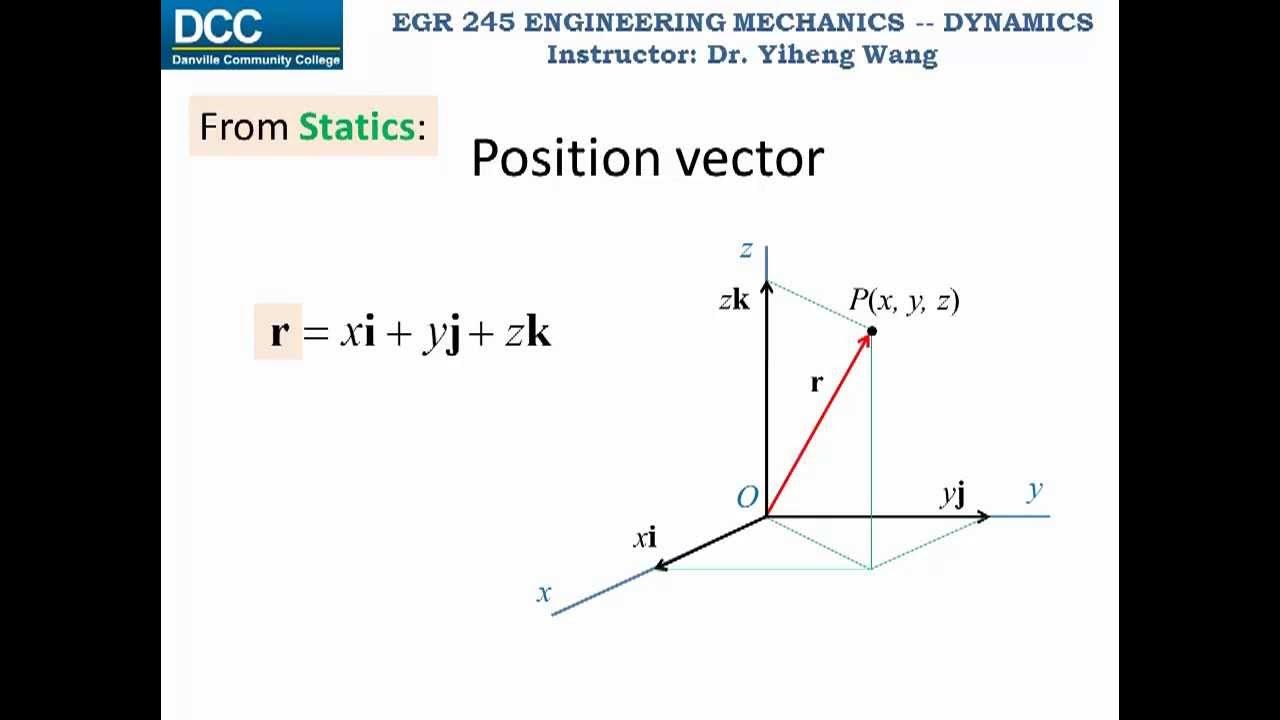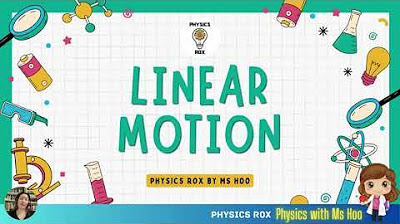Displacement vs Distance Grade 10 Science
Summary
TLDRThis educational video script delves into the concepts of distance and displacement, using straightforward examples to illustrate the differences. It explains that distance is a scalar quantity, summing all movements without direction, while displacement is a vector, focusing solely on the straight-line distance and direction from start to finish. The script guides viewers through various scenarios, including walking and cycling paths, to clarify these principles, emphasizing the importance of understanding scalars and vectors in physics.
Takeaways
- 📏 Distance is a scalar quantity that represents the total path length traveled, regardless of direction.
- 📍 Displacement is a vector quantity that measures the straight-line distance from the starting position to the ending position, including direction.
- 🔄 When calculating distance, all segments of the path are added together, such as moving 4 meters right, then 3 meters left, and 6 meters right again.
- 🧭 For displacement, only the initial and final positions are considered, and it's calculated as a direct line between these two points.
- 🔢 The formula for distance (scalar) is the sum of the absolute values of all changes in position.
- 📐 The formula for displacement (vector) can involve the Pythagorean theorem when the path forms a right-angled triangle.
- 🔄 Circumference of a circle is calculated as 2 * pi * radius, and this is used when calculating distances along circular paths.
- ↔️ Displacement on a circular path, such as a track, can result in zero if the starting and ending points are the same, even if the distance traveled is significant.
- 🕒 The concept of time can be factored into distance calculations, such as determining how far an object has traveled in a given time period.
- 📉 In examples involving multiple directions (up, down, left, right), the total displacement is found by summing the components of each directional change.
Q & A
What is the difference between distance and displacement?
-Distance is the total path length traveled by an object, regardless of direction, and is a scalar quantity. Displacement, on the other hand, is the straight-line distance from the starting position to the ending position and includes direction, making it a vector quantity.
How do you calculate the total distance traveled in the example where a person goes 4 meters to the right, then 3 meters to the left, and finally 6 meters to the right?
-The total distance is calculated by summing the individual distances: 4 meters (right) + 3 meters (left) + 6 meters (right) = 13 meters.
What is the displacement for the scenario where a person moves 4 meters to the right, then 3 meters to the left, and finally 6 meters to the right?
-The displacement is the straight-line distance from the starting to the ending position, which is 7 meters to the right.
How does the direction affect the calculation of displacement?
-The direction affects the calculation of displacement because displacement is a vector quantity. It requires specifying the direction from the starting position to the ending position.
In the script, what is the total distance traveled by a person who walks 4 meters up, then 3 meters up, 11 meters down, and finally 2 meters up?
-The total distance is the sum of all movements: 4 meters (up) + 3 meters (up) + 11 meters (down) + 2 meters (up) = 20 meters.
What is the displacement for the case where a person walks 4 meters up, then 3 meters up, 11 meters down, and finally 2 meters up?
-The displacement is 2 meters down, as the person ends up 2 meters below the starting position.
How is the magnitude of displacement different from the total displacement?
-The magnitude of displacement refers to the straight-line distance between the starting and ending positions without considering direction, while total displacement includes both the magnitude and the direction.
In the script, what is the distance and displacement when a cyclist rides from point A to B, then to C?
-The distance is the sum of the distances between points: A to B and B to C, which is 7 meters. The displacement is the straight-line distance from A to C, which is 5 meters.
How does one calculate the distance and displacement when a person walks around a circular track?
-The distance is calculated by determining the circumference of the circle and multiplying by the number of laps. The displacement is always zero when the starting and ending positions are the same, such as after completing full laps on a circular track.
What is the significance of the term 'scalar' in the context of distance?
-In the context of distance, 'scalar' signifies that distance is a quantity that only has magnitude and no direction, unlike vectors which have both magnitude and direction.
Outlines

此内容仅限付费用户访问。 请升级后访问。
立即升级Mindmap

此内容仅限付费用户访问。 请升级后访问。
立即升级Keywords

此内容仅限付费用户访问。 请升级后访问。
立即升级Highlights

此内容仅限付费用户访问。 请升级后访问。
立即升级Transcripts

此内容仅限付费用户访问。 请升级后访问。
立即升级浏览更多相关视频

MATERI KINEMATIK kelas 11 bag 1 PENGERTIAN GERAK, JARAK & PERPINDAHAN K Merdeka

Dynamics Lecture 02: Particle kinematics, Rectilinear continuous motion part 1

Linear Motion - Distance, Displacement, Speed, Velocity, Acceleration - SPM & IGSCE Physics

How to Find Displacement in Physics

FISIKA KELAS X: GERAK LURUS (PART 1) Jarak, Perpindahan, Kelajuan, Kecepatan, Percepatan

Kinematics Part 2 (Computations Naman) Physics Explained In Tagalog/Filipino
5.0 / 5 (0 votes)
